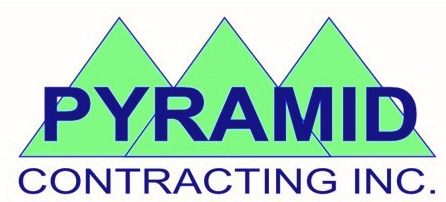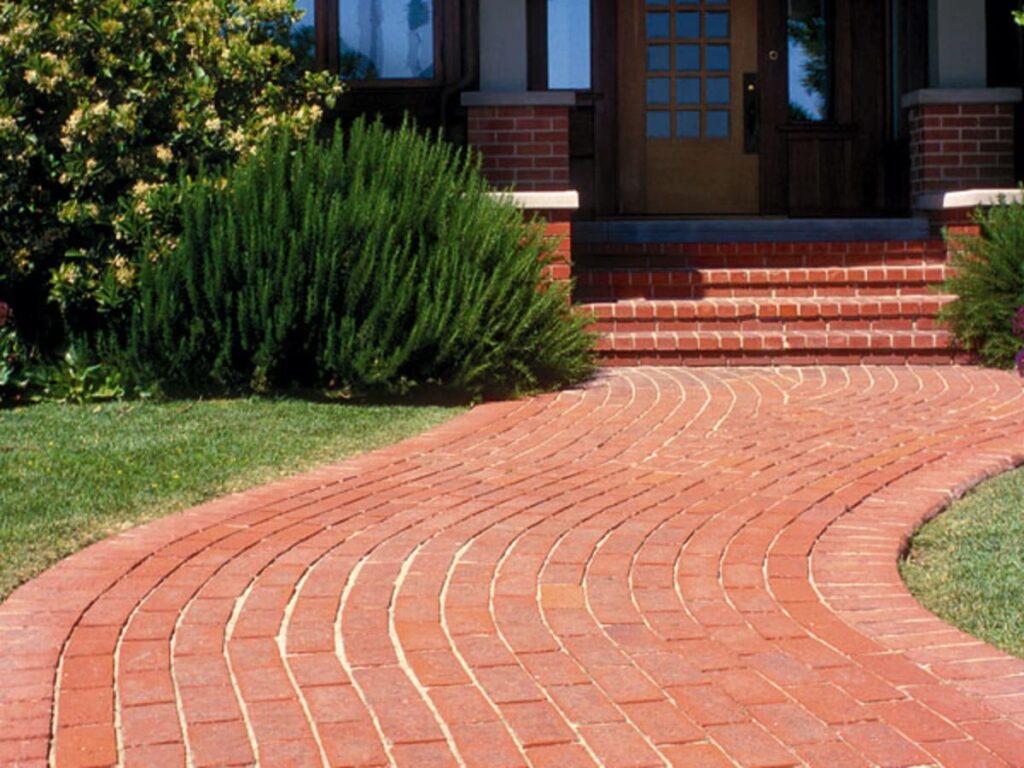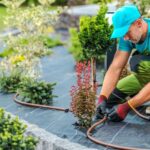Brick pavers are popularly used to create walkways, patios, driveways and more. The wide range of sizes, colours and shapes available make them both versatile and attractive. But over time, brick pavers can begin to look dirty and become overrun with weeds growing between the cracks. In this post, we’ll go over four ways to maintain brick pavers.
Preventing Weed Growth
Weeds tend to grow in between the cracks of brick pavers that are laid into regular sand. This is why using polymeric sand is much more appealing, if somewhat more expensive. Polymeric sand contains binders that prevent weed growth and stops the sand from washing away. If you use regular sand you’ll need to remove weeds or apply some sort of weed killer regularly.
Sealant
The best way to maintain brick pavers is to apply a sealant. For pathways and patios, you’ll likely have to reapply the sealant every five years or so. For areas that get more use, such as a driveway, you may have to reseal it every few years. It’s possible to apply sealants yourself, but once you add up the price of the materials, equipment and labour, it might not be that much more expensive to have it done professionally.
Cleaning
Another way to maintain brick pavers is to clean them regularly. Keep them free of dirt and debris by giving them a good sweep and follow it up by spraying them down with a garden hose. Take care of any stained spots as soon as possible to prevent the stains from becoming permanent. A mild detergent or a vinegar solution should be able to break up oily residues and other stain-causing substances. For a deeper cleaning, you can resort to using a power washer once or twice a season.
Repairs
One of the advantages of using brick pavers is that individual blocks can be replaced if they get damaged. Unlike other types of surfaces, you’re not required to rip out the entire area and start again. If you have pavers that are cracked, crumbling or stained, it’s often possible to remove the damaged pavers and replace them with new ones.



